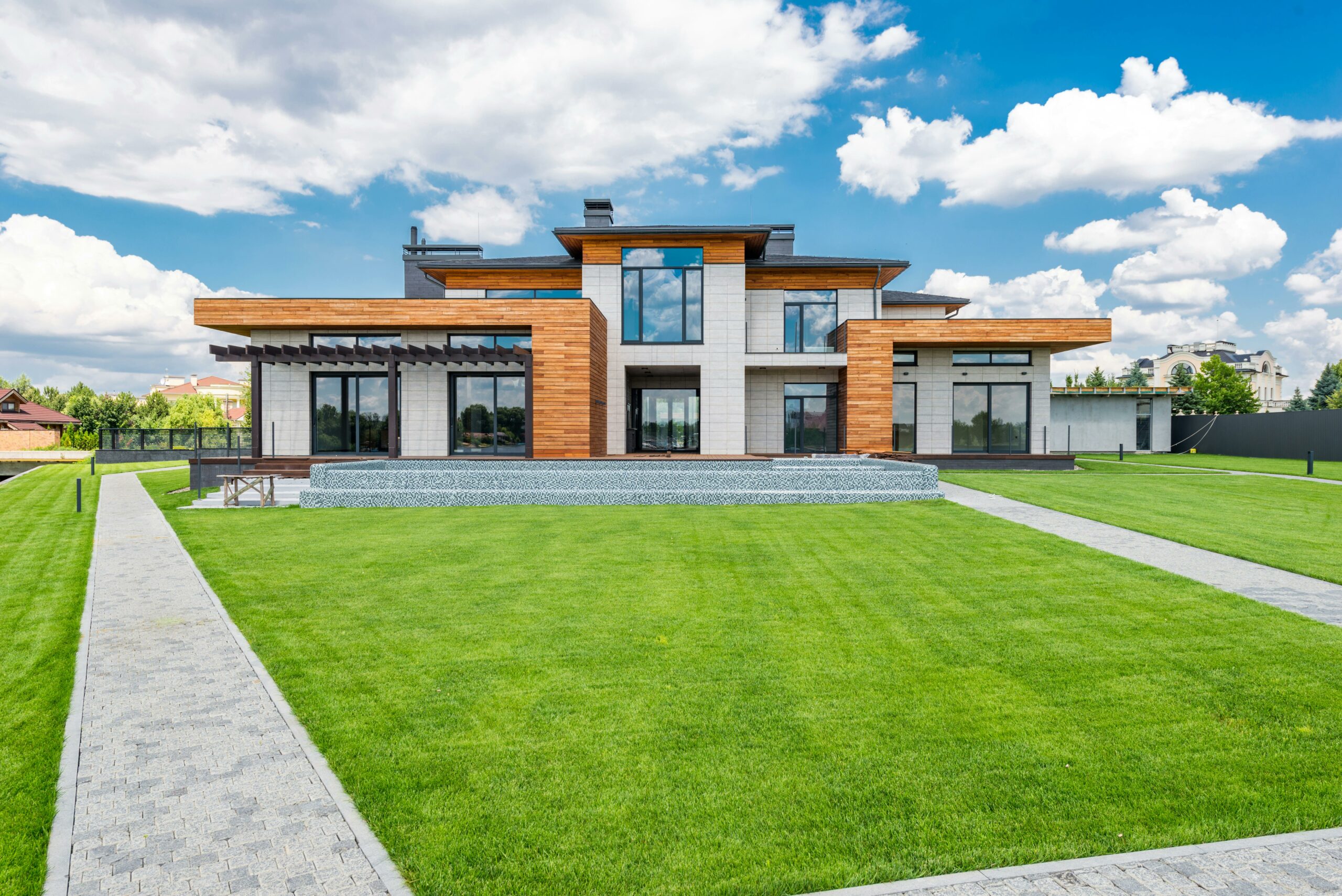In recent years, there has been a significant shift in the way millennials approach housing. With rising living costs, stagnant wages, and changing societal norms, traditional housing options such as buying a home or renting an apartment have become increasingly out of reach for many young adults. As a result, alternative living arrangements, such as co-living, have emerged as a popular and viable solution to the housing crisis facing millennials.
Understanding Co-Living
Co-living, also known as shared housing or communal living, is a concept that involves multiple individuals or households sharing living spaces and amenities in a single property. While the idea of communal living is not new, the modern iteration of co-living caters specifically to the needs and preferences of millennials. These spaces typically offer fully furnished private bedrooms, shared common areas, and amenities such as coworking spaces, fitness centers, and community events.
The Appeal of Co-Living for Millennials
Affordability
One of the primary reasons millennials are drawn to co-living is its affordability. By sharing living expenses such as rent, utilities, and household supplies, residents can significantly reduce their housing costs compared to renting an entire apartment or buying a home. This financial flexibility allows young adults to allocate more of their income toward other priorities such as paying off student loans, saving for the future, or pursuing their passions.
Community
In an increasingly digital world, many millennials crave real-life connections and a sense of belonging. Co-living offers the opportunity to live with like-minded individuals who share similar interests, values, and lifestyles. Residents often form tight-knit communities, where they can socialize, collaborate, and support one another. This sense of camaraderie can combat feelings of loneliness and isolation, which are common among young adults living in cities far from their hometowns or social networks.
Convenience
Co-living spaces are designed with convenience in mind, offering a range of amenities and services to simplify residents’ lives. From on-site laundry facilities and cleaning services to high-speed internet and smart home technology, these spaces prioritize comfort and efficiency. Additionally, many co-living companies handle administrative tasks such as lease agreements, maintenance requests, and community events, allowing residents to focus on their personal and professional pursuits.
The Evolution of Co-Living
As the demand for co-living continues to grow, the concept has evolved to meet the diverse needs of millennials. Today, there are co-living options available in a variety of settings, from urban high-rises to suburban neighbourhoods and even rural retreats. Some companies specialize in catering to specific demographics, such as young professionals, digital nomads, or members of the LGBTQ+ community, while others focus on fostering sustainability, wellness, or creativity.
Customization
Many co-living spaces offer customizable living arrangements to accommodate different preferences and lifestyles. Residents may have the option to choose their roommates, select their furnishings, or participate in community decision-making processes. This level of flexibility allows individuals to tailor their living experience to suit their unique needs and desires, fostering a greater sense of ownership and autonomy.
Technology Integration
In an increasingly connected world, technology plays a crucial role in shaping the co-living experience. Many co-living companies leverage digital platforms and mobile apps to streamline communication, facilitate community engagement, and enhance residents’ overall experience. From virtual community forums and event calendars to automated rent payments and maintenance requests, technology enables seamless interaction and collaboration among residents.
Challenges and Opportunities
While co-living offers numerous benefits for millennials, it also presents its own set of challenges and opportunities. From regulatory hurdles and zoning restrictions to concerns about privacy and security, various factors can impact the success and sustainability of co-living initiatives. However, with innovative solutions and collaborative efforts, these challenges can be addressed, paving the way for the continued growth and evolution of co-living as a viable housing option for millennials.
Redefining Housing Co-Living for Millennials
The rise of co-living represents a paradigm shift in the way millennials approach housing, offering an alternative to traditional living arrangements that is affordable, communal, and convenient. By prioritizing affordability, community, and customization, co-living has redefined shared housing for a new generation of young adults. As the concept continues to evolve and expand, it has the potential to reshape the future of urban living and address the housing needs of millennials in cities around the world. With its forward-thinking mindset and commitment to creating meaningful living experiences, Corbin & Co. is poised for continued success in the years to come.
